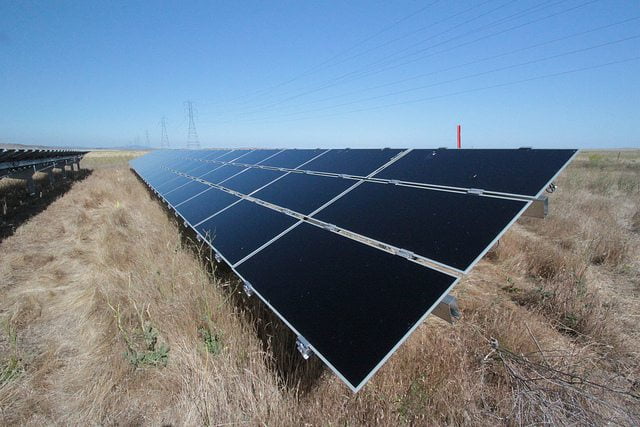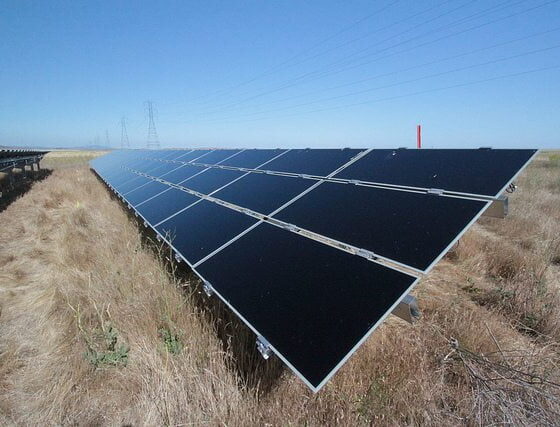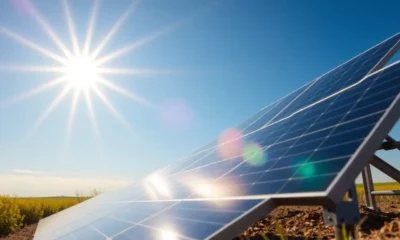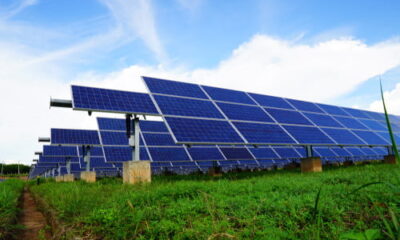

Energy
Large increase in solar capacity shaking up UK’s electricity generation
The second quarter of 2015 saw a large increase in the generation of electricity from solar PV, with the growth having a significant impact on electricity market prices and other supply factors.
Figures included in the second quarter GB Electricity Market Summary from energy data specialist EnAppSys showed that solar PV recorded a 153% increase in electricity generation compared to the same period in 2014.
Although at 1.37 GW solar PV represented only around 4% of Britain’s 33GW total electricity generation during the April-June period, it was noticeable that this was the first quarter in which solar has made a significant contribution to national output.
Overall levels of electricity demand remained largely unchanged during the period, but changes in supply saw seasonal falls in levels of wind and hydro generation, with output from coal declining as a result of a combination of increases in the carbon price support mechanism and the start of summer maintenance outages.
Overall, during Q2 2015, CCGT produced 27% of overall electricity generation, with coal plants providing 23%, nuclear 22%, wind 9%, interconnectors 8%. biomass 5%, solar PV 4% and hydro 2%.
However, with overall solar capacity now put at around 7GW, other power generators are having to adapt to rapidly changing market prices at different times of the day and facing the need to adjust operations to avoid oversupply inefficiencies and related cost penalties.
One market impact of this during the second quarter were periods of negative prices, particularly overnight, but with the system also being oversupplied during some daytime hours when levels of solar output were high.
Paul Verrill, Director of EnAppSys, said: “Renewables are playing an increasingly important role in meeting the Britain’s energy needs and as the contribution increases, it must be assumed that its impact on pricing and supply issues will continue to grow.
“The recent instances of negative prices have shown that the system can be slow to react to demand and the wider mix of generation sources is something that traditional power generators and the National Grid will have to react better to.
“For example, we have recently seen the surprising instance of six different CCGT plants and six coal stations remaining online overnight despite lower prices. It is unlikely that the overnight price loss from oversupply will be compensated by increased daytime demand, which suggests some price insensitivity in the market and the likelihood of further negative power prices in the near future.
“If the capacity and output of solar PV and other renewables continues to grow, conventional power generators such as CCGT and coal will have to be more flexible to avoid oversupplying the network and paying the penalty of negative power prices.”


 Environment10 months ago
Environment10 months agoAre Polymer Banknotes: an Eco-Friendly Trend or a Groundswell?

 Environment11 months ago
Environment11 months agoEco-Friendly Home Improvements: Top 7 Upgrades for 2025

 Features9 months ago
Features9 months agoEco-Friendly Cryptocurrencies: Sustainable Investment Choices

 Features10 months ago
Features10 months agoEco-Friendly Crypto Traders Must Find the Right Exchange






























